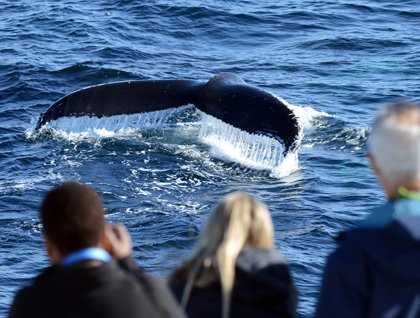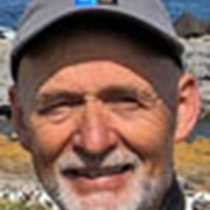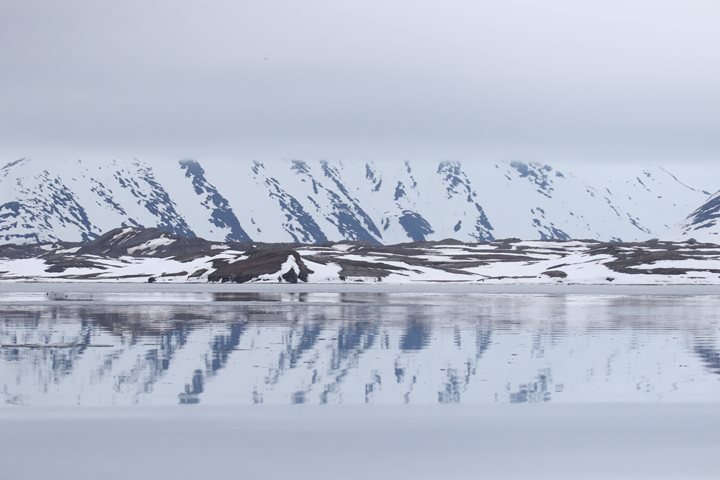Early this morning our anchor slipped into the azure waters just offshore of Mastad, an erstwhile fishing village on Vaeroy, one of the Lofoten Islands lying off the northeast coast of Norway. This tiny settlement has a multi-layered narrative. Nestled beneath precipitous cliffs, its inhabitants tapped into the rich marine and seabird resources available here. For centuries fish were caught, dried, and salted. Shipped south to Bergen, they were traded for much needed provisions. A unique aspect of the island was the use of a locally bred dog, the lundehund, a small and hardy animal, for catching puffins. These birds were taken by the thousand and were a significant element in the islander’s diet. The last permanent resident left the village in 1974 but a small number of holiday homes are still in use.
The morning was spent exploring the remnants of the village and its picturesque surrounds. Drystone walls demarcate small fields that were once grazed by livestock. We ambled along the original wagon trail that connected this small fishing community to a more substantial settlement on another part of the island. The seascape vista was a veritable visual feast. Atop a tiny headland we had a commanding view of the full sweep of the crescent-shaped, multi-blue toned bay, fringed by vertiginous cliffs. Above us, a fan-shaped, wide-angle expanse of pale blue sky and resonating around this natural amphitheatre, the shrill cries of shorebirds.
Our morning explorations completed, we sailed to the sister island of Reine located on the eastern side of the Lofoten Islands. The remainder of the afternoon was spent here. Since the 18th century this has been an important trading and cod fishing community. Fish hung in serried ranks from dozens of wooden drying racks. Many of the original fishermen’s homes have been refurbished and can be rented by visitors on vacation.
As we sailed away northward a couple of humpback whales announced their arrival by large blows. Following their rhythm, as they glided just below the surface close to the ship, we watched them rise to breathe, arch their backs—the vertebrae like an elongated knuckle-duster beneath the tightened skin—and finally fluke.









